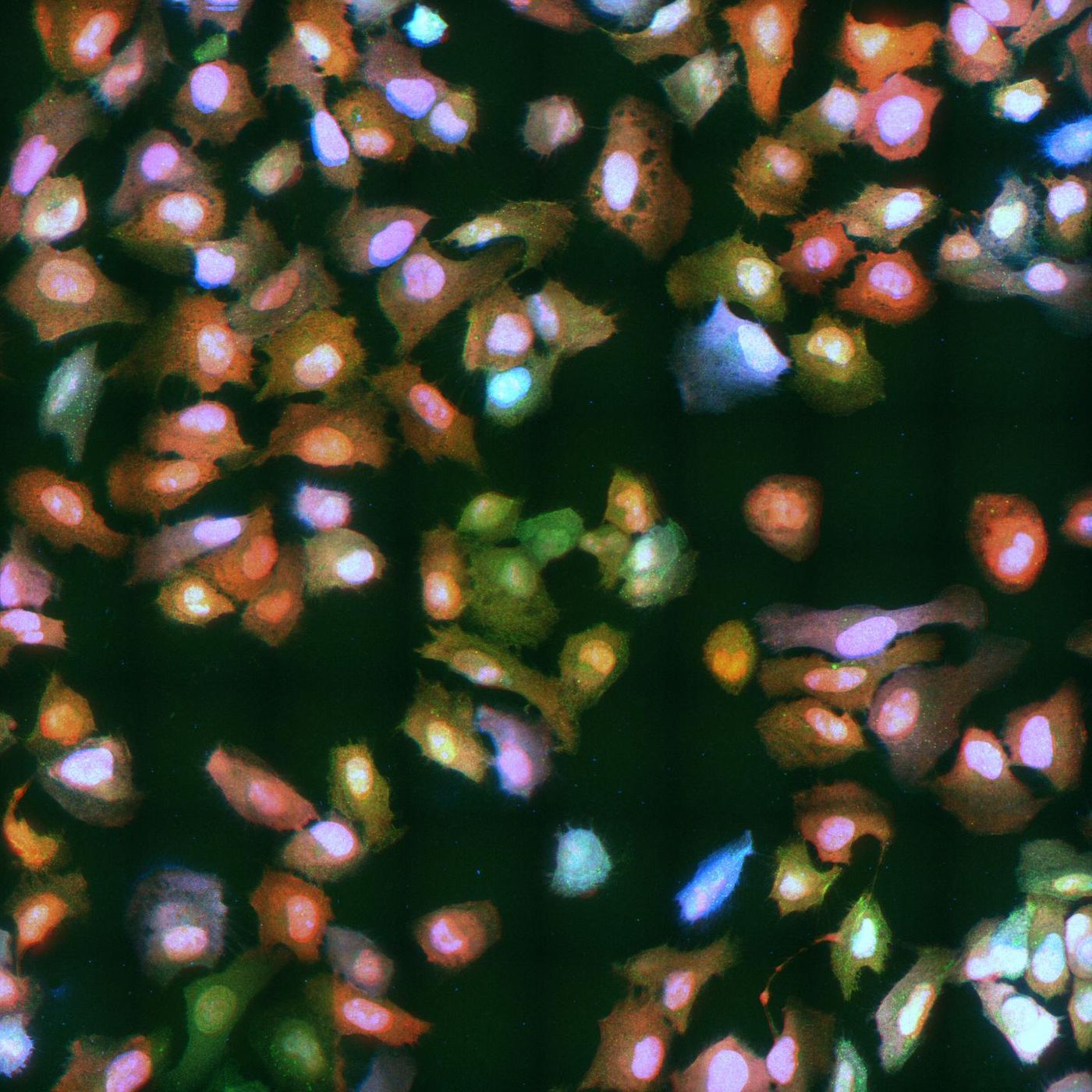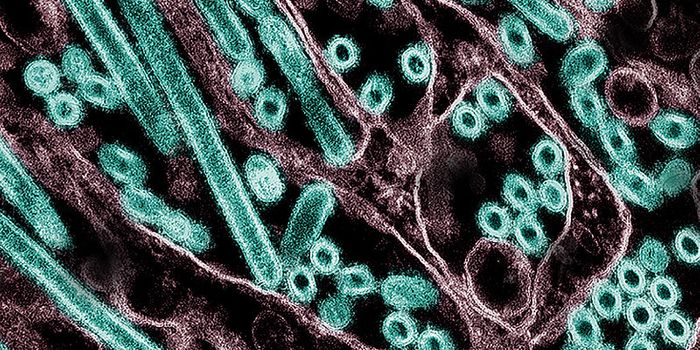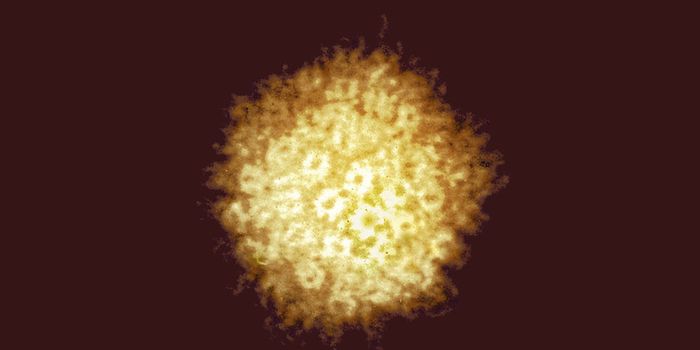Monitoring a Virus in Real-Time as it Infects a Cell
A virus has to attach to a cell and penetrate the cell's membrane to cause infection, so it's important to understand how a virus causes infection if we are to stop it. Scientists have now created a tool that enabled them to visualize a virus as it infected a cell, and that tool can be used to observe other viruses, including SARS-CoV-2, as they enter cells. The method is called VIRIM ('virus infection real-time imaging'), and has been reported in Cell. Existing techniques have provided snapshots of viruses infecting cells, which can be pieced together. But this effort shows the process, uninterrupted, from start to finish for an RNA virus.
There are many types of RNA viruses, some of which are known to infect humans. These viruses have a genome made of RNA, instead of DNA, the typical component of genomes for most organisms. Known RNA viruses include and rhinoviruses, coxsackieviruses, and poliovirus, which are enteroviruses, as well as coronaviruses, and Zika virus. These viruses attach to a host cell, empty their RNA genome into the host, and take over the host cell machinery to produce more viral particles. These viral particles can go on to infect other cells, or be shed by the host so they infect other organisms (or people).
"This new method enables us to address many important questions about viruses," said the first author of the report, Sanne Boersma.
VIRIM uses a method called SunTag, in which proteins are labeled with a fluorescent marker so they can be easily seen in a microscope. With SunTag, researchers can visualize when and where proteins are being produced in a cell; in this case, viral proteins made in an infected host cell. With VIRIM, the level of detail is so precise, individual proteins can be seen. Thus, an infection can be viewed from the time the first viral protein is made.
Naturally, an infected cell will try to defend itself from a viral invader. The researchers could observe the competition for protein production between the virus and host. In some cells, the host won the battle.
"These host cells were infected by a virus, but the virus failed to replicate," said Boersma.
When the researchers gave the defense systems of host cells a boost, there was a disruption in the replication of the virus that stopped it from taking over.
"The first step in the replication process is the Achilles' heel of this virus: this moment determines whether the virus can spread further," explained Boersma. "If the host cell does not manage to eliminate the virus at the very beginning of an infection, the virus will replicate and win the competition."
It may be possible to use VIRIM to find vulnerabilities in viruses, and potentially prevent them from causing infection.
"Understanding viral replication and spreading can help us determine the Achilles' heel of a virus. This knowledge can contribute to the development of treatments, for example a treatment that intervenes during a vulnerable moment in the virus' life. That allows us to create more efficient therapies and hopefully mitigate the impact of viruses on society," said Boersma.
Sources: AAAS/Eurekalert! via Hubrecht Institute, Cell









